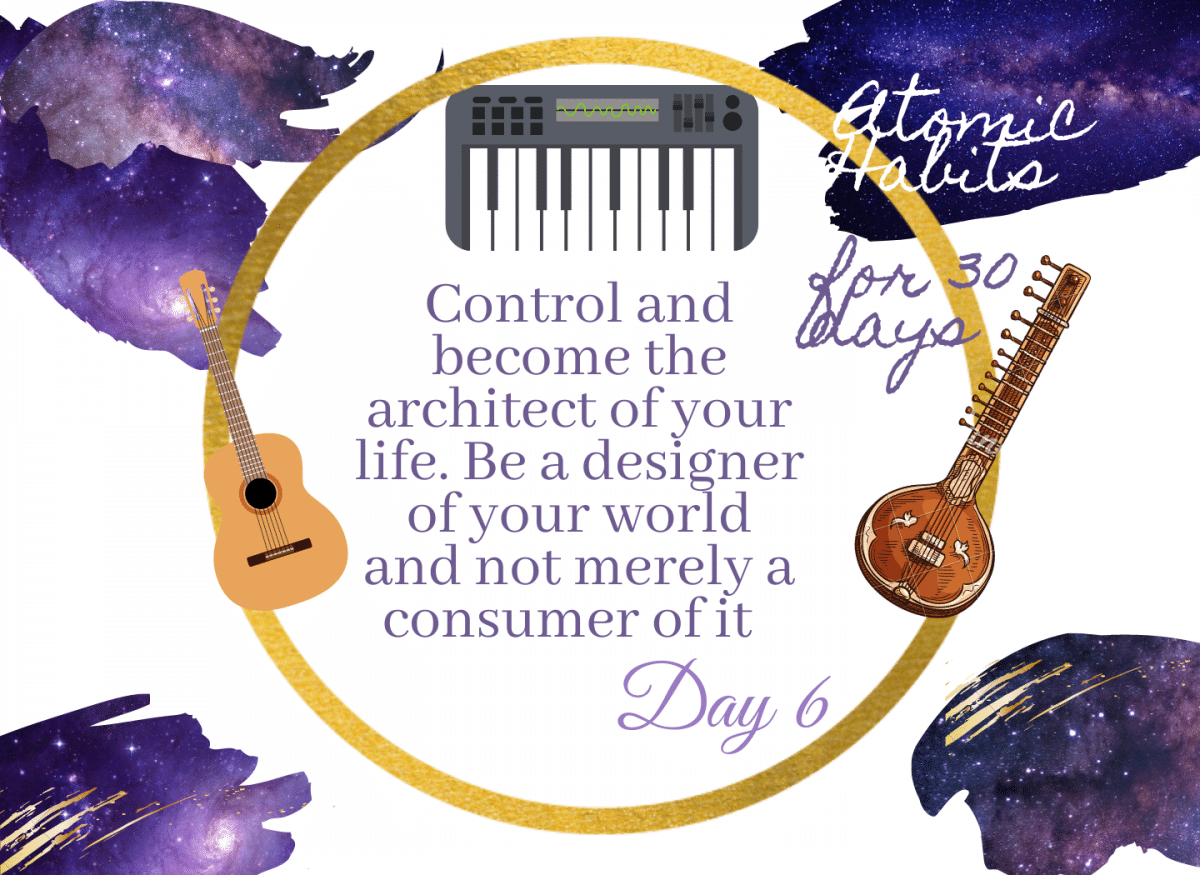It’s easy not to practice the guitar when it’s tucked away in the closet. It’s easy not to read a book when the bookshelf is in the corner of the guest room. When the cues that spark a habit are subtle or hidden, they are easy to ignore.
Before After
People often choose products not because of what they are, but because of where they are.
The author starts this chapter with an example of placing water bottles directly in the field of one’s vision and the effects, resulting in one purchasing more water bottles than soft drinks.
If we intentionally modify our environment to inspire positive habits, we are likely to perform those habits.
How to design your environment for success
Control and become the architect of your life. Be the designer of your world and not merely the consumer of it.
- If you want to practice the guitar more frequently, place your guitar stand in the middle of the living room.
- If you want to remember to send more thank-you notes, keep a stack of stationery on your desk.
- If you want to drink more water, fill up a few water bottles each morning and place them in common locations around the house.
In the above examples, our environment is acting as a cue to help us build these new habits.
If you want to make a habit a big part of your life, make the cue a big part of your environment.
If you want to make a habit a big party of your life, make the cue a big part of your environment.
The context is the cue
According to the author, it is recommended to keep different environments in our home for specific tasks and habits.
- Our bed should be for sleeping, not for checking social media or watching movies (binge-watching).
- Our desk should be for working, not games, entertainment or relaxation.
- The living room (sofa) should be for family time and not for working late into the night.
If we start overlapping habits with the same environment, the “easy” habit will often win.









Comments & Discussion
26 COMMENTS
Please login to read members' comments and participate in the discussion.